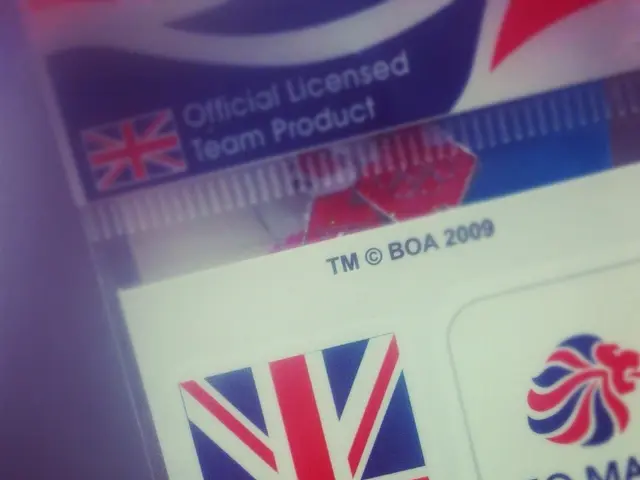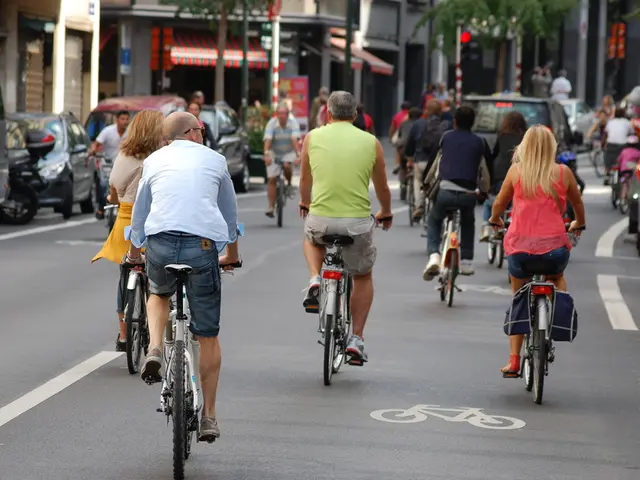Could Cruise Ships Achieve a Green Status? Insights from Norway Potentially Reveal Solutions
Ready to set sail on a quest for eco-friendliness? That's exactly what's happening in Norway's maritime industry, where two cruise companies are pioneering green innovation.
With environmental preservation at the heart of Norway's values, it's no surprise that these companies are spearheading the charge towards a cleaner future. These innovations are part of a broader Norwegian push for zero-emission shipping. Let's take a look at what these two companies, Havila and Hurtigruten, are up to.
Havila's approach is all about cleaning up today's tech. They've already launched some of the world's most eco-friendly passenger vessels, running on Liquefied Natural Gas (LNG) and battery power.This switch cuts carbon emissions by up to 40% compared to traditional ships, and when powered by liquid biogas, that figure jumps to an astonishing 90%! But Havila isn't stopping there. They're working on a research project called LNGameChanger, in partnership with Norwegian technology partners, to develop an onboard carbon capture system. The system would use solid oxide fuel cells to generate electricity while capturing carbon dioxide, liquefying it, and storing it for offloading at port.
On the other hand, Hurtigruten is focusing on designing the cruise ship of tomorrow from scratch. Their Sea Zero project aims to launch the world's first fully zero-emission cruise vessel by 2030. That's a bold goal, but Hurtigruten is rethinking ship design to make it a reality. The prototype includes a sleek, energy-efficient hull, retractable sails for wind-assisted propulsion, an air lubrication system to reduce drag, and contra-rotating propellers for optimized thrust. Power will come from large battery packs charged with green electricity at ports along the route. Recent testing in Trondheim has shown that the innovative design could reduce energy use by up to 50%.
So, can cruise ships ever be truly sustainable? Norway's answer is a resounding "yes", but it will only come as a result of bold investment, deep collaboration, and a willingness to rethink everything we know about cruise ships. These Norwegian innovations could have wide-reaching implications for the entire cruise industry. As the world's newest megaships now run on LNG, the success of Havila's carbon capture research project could pave the way for more sustainable cruising for all.
Sources:1. Hurtigruten’s website (Sea Zero project details)2. Forbes (article on Norway's zero-emission maritime targets and collaborative maritime ecosystem)3. Various news articles and academic research papers on Norwegian maritime innovation and the country's push for climate-friendly technologies in shipping.
- In the maritime industry, Norway's future coastal cruise offers eco-friendliness through companies like Hurtigruten and Havila, demonstrating a commitment to green innovation.
- Hurtigruten's Sea Zero project envisions launching a fully zero-emission cruise vessel by 2030, rethinking traditional ship design for sustainability.
- Havila, meanwhile, is concentrating on modernizing today's technology for cleaner cruises, having introduced eco-friendly passenger vessels powered by Liquefied Natural Gas (LNG) and battery power.
- When running on liquid biogas, these Havila ships can reduce carbon emissions by a remarkable 90% compared to traditional ships!
- In a joint research project called LNGameChanger, Havila is partnering with Norwegian technology partners to develop an onboard carbon capture system, using solid oxide fuel cells to generate power while capturing and liquefying carbon dioxide for offloading.
- These innovative Norwegian initiatives in maritime industry, lifestyle, business, and environmental-science could have a significant impact on the global cruise industry, especially with the increasing use of LNG in travel technology.
- With bold investment, deep collaboration, and a readiness to reconsider every aspect of cruise ships, sustainability within the maritime world may indeed be achievable.





